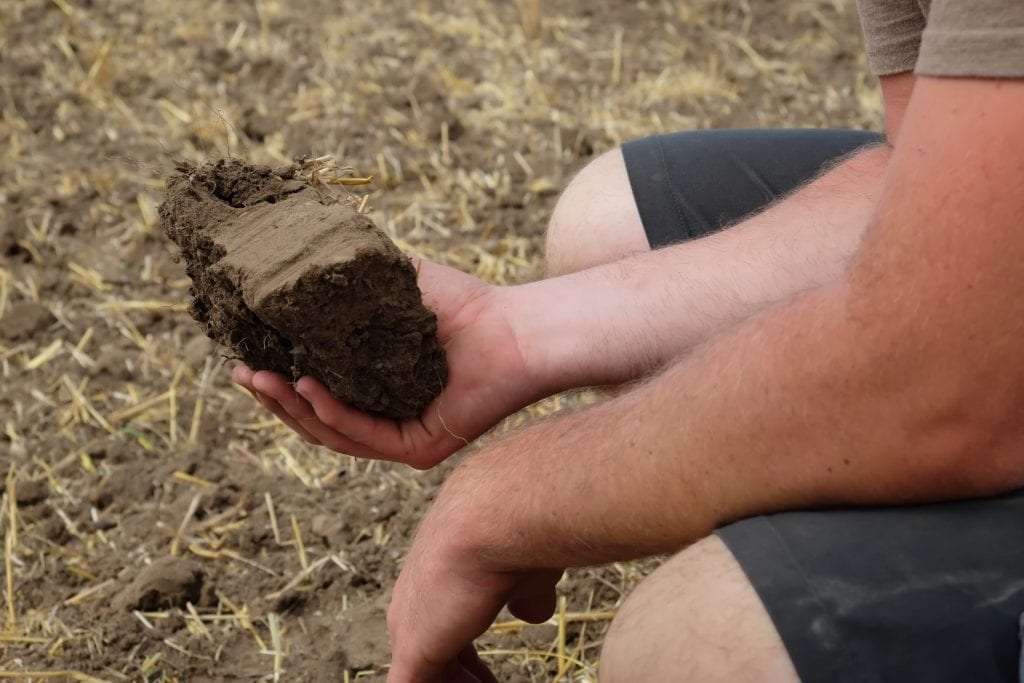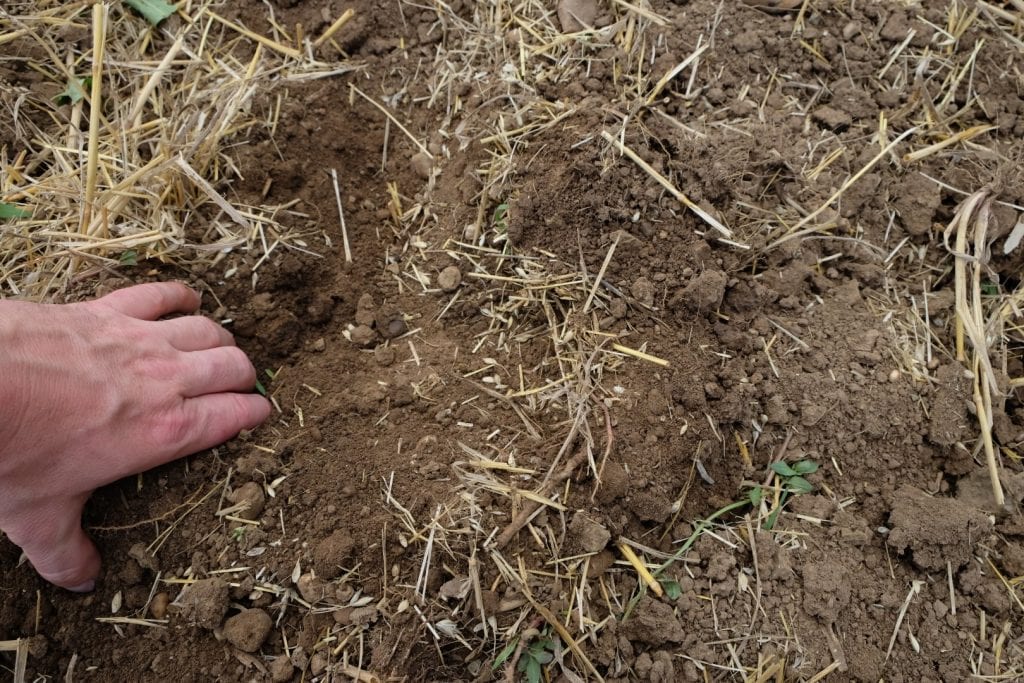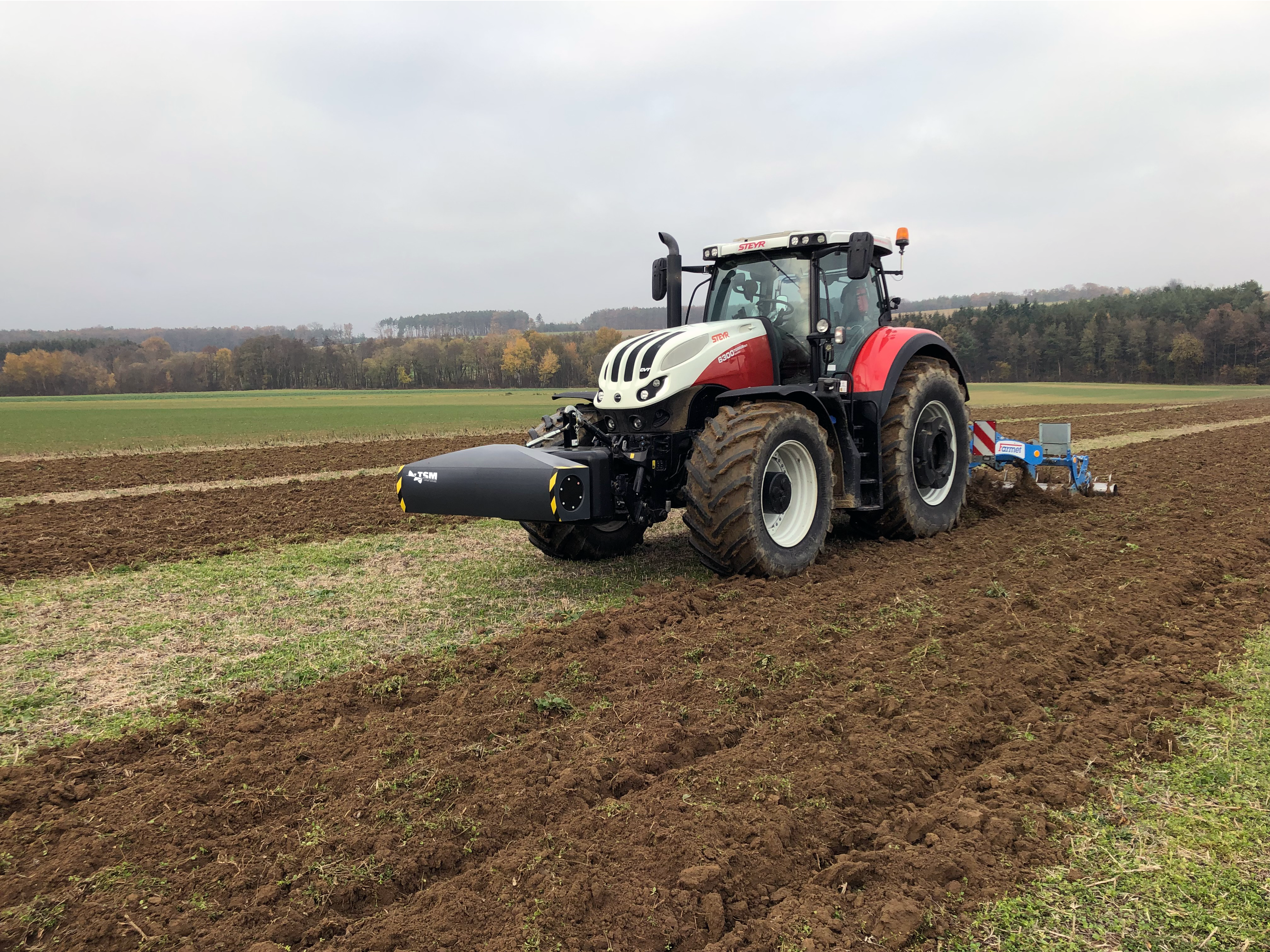Agricultural yield targets are constantly rising. Priorities are a maximum yield /acre and the highest quality. And to do that justice, more and more heavy tractors and trailers are being used. This in turn leads to greater working widths, higher tire pressure and inappropriate tillage approaches. In addition, we are facing extreme weather situations more often. All these factors eventually affect soil compaction and soil sealing.
Measures that counteract these developments therefore have to become top priorities. In the case of compaction or structural weaknesses of soil, it is necessary to remediate these problems long-term and to avoid new ones in the future.







